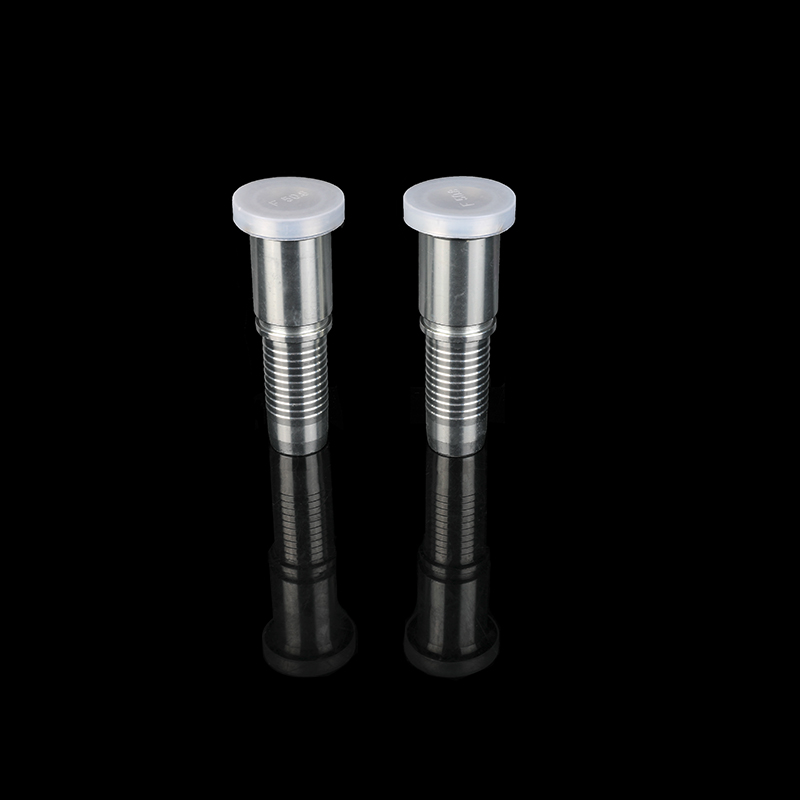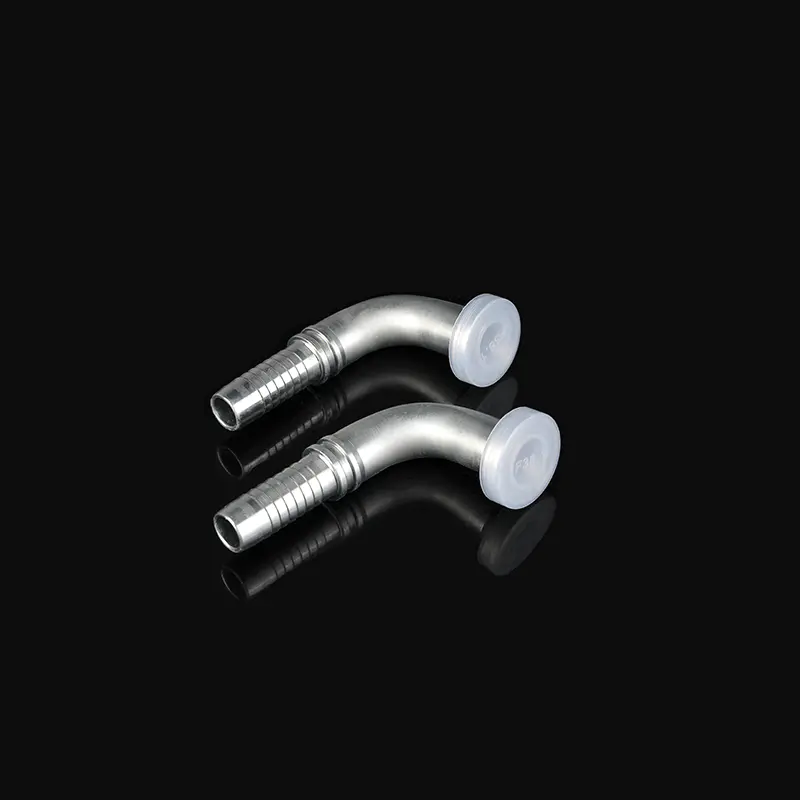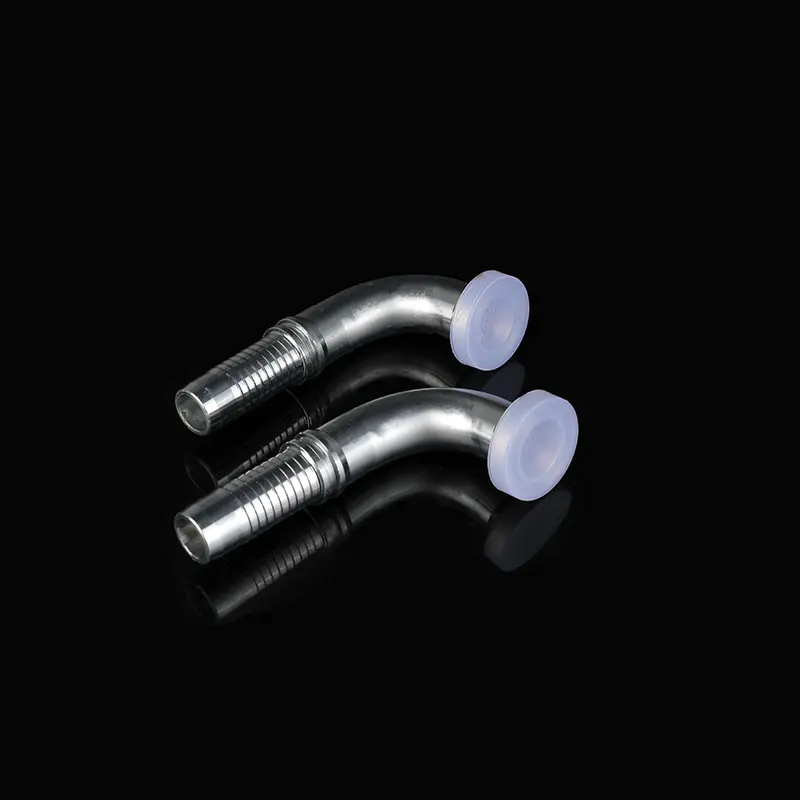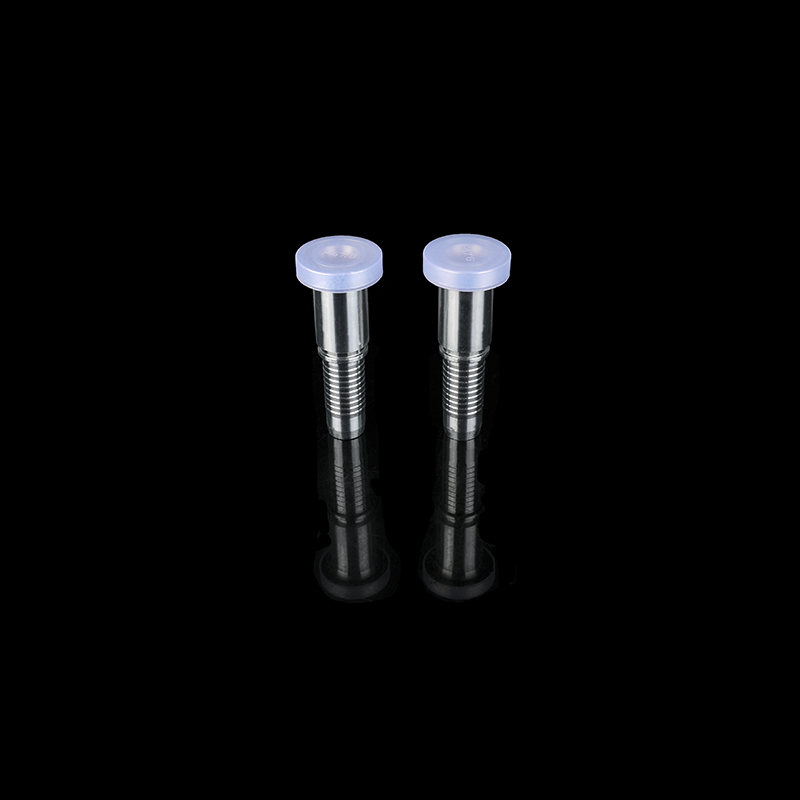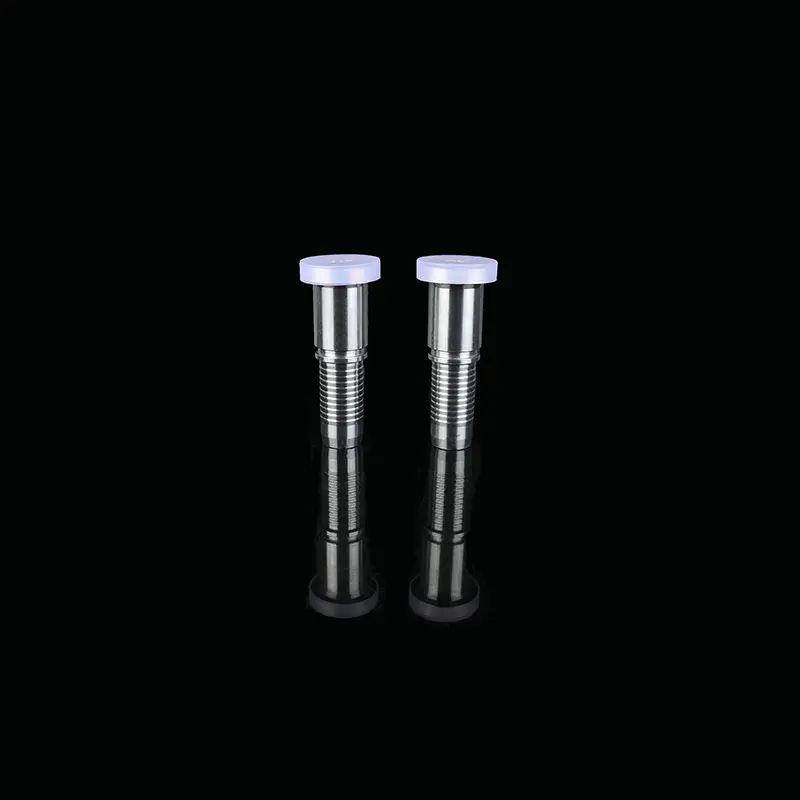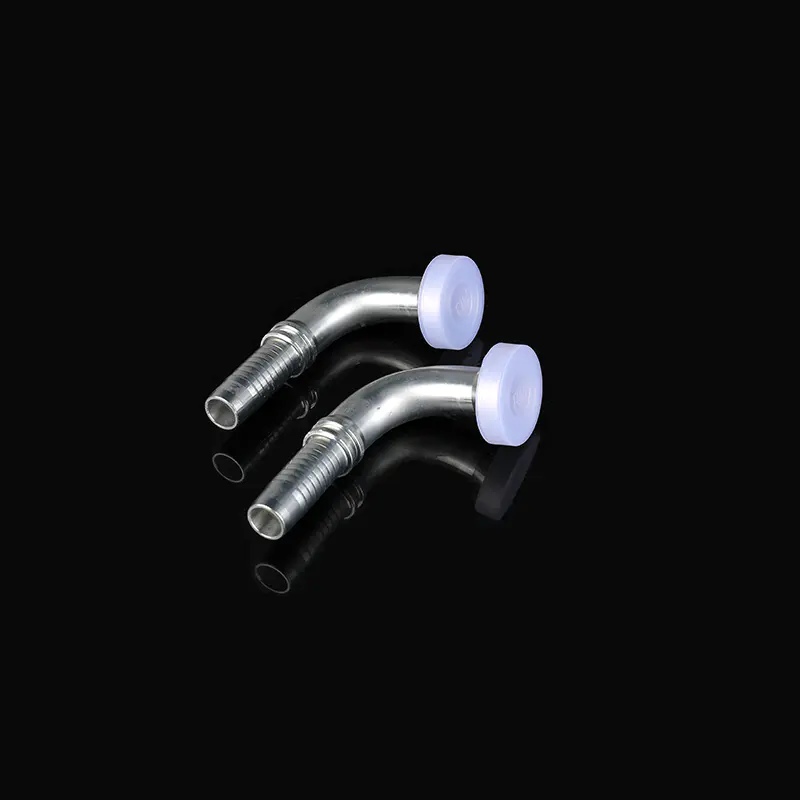Hydraulic system
Author:admin Date:2021-09-09
The role of the hydraulic system is to increase the force by changing the pressure. A complete hydraulic system consists of five parts, namely power components, executive components, control components, auxiliary components (accessories) and hydraulic oil. Hydraulic systems can be divided into two categories: hydraulic drive systems and hydraulic control systems. The main function of hydraulic transmission system is to transmit power and movement. The hydraulic control system needs to make the output of the hydraulic system meet the specific performance requirements (especially the dynamic performance) [1], the hydraulic system usually refers to the hydraulic transmission system.
A complete hydraulic system consists of five parts, namely power components, executive components, control components, auxiliary components (accessories) and hydraulic oil.
Power element
The function of the power element is to convert the mechanical energy of the prime mover into the pressure energy of the liquid, which refers to the oil pump in the hydraulic system, which provides power to the entire hydraulic system. The structure of hydraulic pumps generally includes gear pumps, vane pumps, plunger pumps and screw pumps.
operating units
The function of the executive components (such as hydraulic cylinders and hydraulic motors) is to convert the pressure energy of the liquid into mechanical energy, and drive the load for linear reciprocating or rotary motion.
control element
Control elements (ie various hydraulic valves) control and regulate the pressure, flow and direction of the liquid in the hydraulic system. According to different control functions, hydraulic valves can be divided into pressure control valves, flow control valves and directional control valves. Pressure control valves include relief valves (safety valves), pressure reducing valves, sequence valves, pressure relays, etc.; flow control valves include throttle valves, regulating valves, and diverting and collecting valves, etc.; directional control valves include check valves, hydraulic controls, etc. One-way valve, shuttle valve, reversing valve, etc. According to different control methods, hydraulic valves can be divided into on-off control valves, fixed value control valves and proportional control valves.
Auxiliary components
Auxiliary components include fuel tanks, oil filters, coolers, heaters, accumulators, oil pipes and pipe joints, sealing rings, quick-change joints, high-pressure ball valves, hose assemblies, pressure measuring joints, pressure gauges, oil level gauges, oil Thermometer etc.
Hydraulic oil
Hydraulic oil is the working medium that transfers energy in the hydraulic system. There are various types of mineral oil, emulsion and synthetic hydraulic oil.
Power element
The function of the power element is to convert the mechanical energy of the prime mover into the pressure energy of the liquid, which refers to the oil pump in the hydraulic system, which provides power to the entire hydraulic system. The structure of hydraulic pumps generally includes gear pumps, vane pumps, plunger pumps and screw pumps.
operating units
The function of the executive components (such as hydraulic cylinders and hydraulic motors) is to convert the pressure energy of the liquid into mechanical energy, and drive the load for linear reciprocating or rotary motion.
control element
Control elements (ie various hydraulic valves) control and regulate the pressure, flow and direction of the liquid in the hydraulic system. According to different control functions, hydraulic valves can be divided into pressure control valves, flow control valves and directional control valves. Pressure control valves include relief valves (safety valves), pressure reducing valves, sequence valves, pressure relays, etc.; flow control valves include throttle valves, regulating valves, and diverting and collecting valves, etc.; directional control valves include check valves, hydraulic controls, etc. One-way valve, shuttle valve, reversing valve, etc. According to different control methods, hydraulic valves can be divided into on-off control valves, fixed value control valves and proportional control valves.
Auxiliary components
Auxiliary components include fuel tanks, oil filters, coolers, heaters, accumulators, oil pipes and pipe joints, sealing rings, quick-change joints, high-pressure ball valves, hose assemblies, pressure measuring joints, pressure gauges, oil level gauges, oil Thermometer etc.
Hydraulic oil
Hydraulic oil is the working medium that transfers energy in the hydraulic system. There are various types of mineral oil, emulsion and synthetic hydraulic oil.

 English
English 中文简体
中文简体 Español
Español









